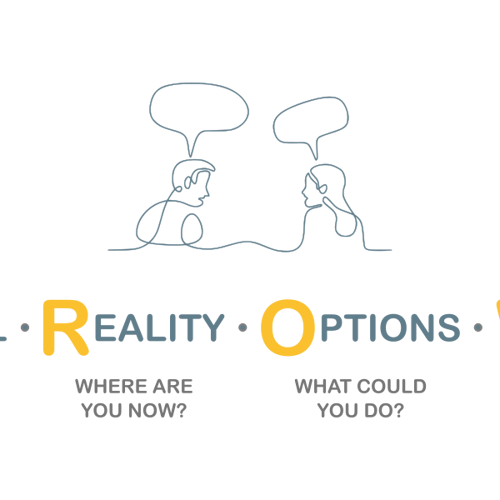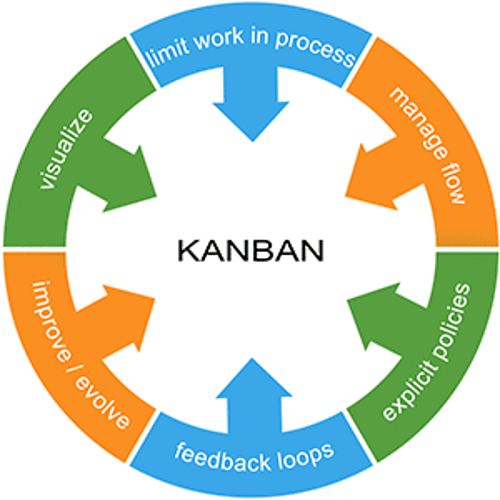Succession planning focuses on identifying and growing talent to fill leadership and business-critical positions in the future.
Why?
Every business, every team have key roles that help make them a success. When these roles are occupied and working effectively, it is like a beautiful, well oiled machine. When these roles are lacking, dysfunctions arise and the machine faulters. Effective succession planning ensures that these roles are identified, potential successors have growth opportunities and the business is risk aware
I’m going to kick off with a small case study
Case study – Peterborough Phantoms Ice Hockey team Under-15’s (2017) ? Under 18’s (2020)
It is the Spring of 2017 and the young Phantoms Under 15s team head off to Sheffield to compete in the Junior National Finals. This is a team who have secured a strong 2nd (out of 10) place finish in their league; scoring a massive total of 152 goals, conceding only 58 and winning 14 out of the 18 games played. This young team had a huge amount of firepower and included boys and girls who represented England and Great Britain on the national stage. After 2 days of games against other high performing teams, they secured a shock 3-1 win over Chelmsford to secure their place as National Champions.
Less than 3 years on, the team have transitioned to the next age group (Under 18s) and are now struggling severely. They are currently 5th (out of 6); scoring only 46 goals, conceding more than 90 and only winning 2 out of the 15 games played.
Let’s retrospect and look back at the team in 2017. The team contained individuals with high levels of skills and experience. It contained forward/attackers who dominated open play and who shot on goal from practically anywhere on the ice. It contained defensemen who could read the game far in advance of being needed to intervene - and when other teams could make a play on goal, the last line of defence, our netminder, excelled in shot stopping. Along side these exceptionally strong individuals, were a number of eager-to-learn kids who wanted nothing more than to improve and help the team become even better. The shock and awe nature of this team is a coaches’ dream; having a team with both depth and potential behind these strong players is a coaches’ dream; managed and lead effectively, this is a sustainable high performing team.
But the team in 2020 is a shadow of what it once was - What could have possibly gone wrong?! – The answer cannot be narrowed down to just 1 reason; but more of a myriad of bad decisions and a failure in the wider culture – Head over to my blog How to puck up a team to explore my thoughts on this further. But I’m going to touch on 1 of them here; a lack of succession planning
In the year or so after becoming National Champions, these strong individuals were naturally identified for their talent and soon began to leave the team; in search for more challenges, individual growth and wider recognition. This was the turning point for the team – the departure of these players affected the team in more ways than one; there was a chasmic void left in skills and experience; the team dynamic changed; the mindset of the team changed.
This is small case study from a non professional sports club. Now consider if this were to happen in the business world - How comfortable would you be if this (or attributes of this) happened to your team?
Plan for the future
Teams are complex entities and there is no proud a moment than helping a team transition to becoming highly performing. Helping a team become this is not easy, but it is just the start – ensuring a team stays as high performing can be very challenging indeed. At the heart of any team, and a key piece to this complex puzzle, are people and at the heart of any high performing team is balance; a balance of aptitudes in the team, a balance of experience and the balance between the growth of individuals and the growth of the team.
Succession planning is key when striving to ensure your team is sustainable and is centred around identifying & developing future leaders & players for critical roles. The terminology around roles is important – we don’t want to talk about jobs - The aim is to develop pools of talented people, each one of whom is adaptable and capable of filling a variety of roles – succession planning, done well, focuses on longer term successors over short term replacements.
Sounds good? Sounds sensible? How do we go about this then?
- Identify business critical roles
- Understand and articulate the business critical nature of the roles
- Understand who operates within these roles
- Identify potential successors
- Highlight potential talent
- Identify any growth needed – create development plans
- Create opportunities
Identify business critical roles
Begin with question – ‘If this person left, what would the impact be?’. If the answer is that the impact would result in a serious risk to the business, then it’s time to begin planning. Other questions to explore could be:
- Could we survive if the effectiveness of the role changed?
- Is this role a single point of failure?
If we took this approach with the young hockey team and asked the question regarding the attacking strength we had, the answer would resoundingly have been that if the effectiveness had decreased then this would pose a significant threat/risk to our success. This then opens the opportunity for risk management to take place – and succession planning is a viable mitigation policy
Identify potential successors
First of all, lets kick off with a little bit around transparency – this is key when it comes to succession planning and it is this transparency that fuels engagement with potential successors; but without the right culture, this transparency can promote levels of anxiety in people. After all, if people are not familiar with succession planning, when we begin to explore who could potentially perform peoples roles in the future, false narratives could begin to form around as people perceive this as a threat to their existence in the business. Transparency does not mean confidentiality. There will be sensitive conversations to be had and personal issues to be addressed – Promote transparency of the process but balance this with discrete confidentiality people need
After we have socialised the programme and established a degree of psychological safety around succession planning, share the roles (possibly asking for declarations of interest) and begin to engage with any possible successors. We have a responsibility to ensure that any succession planning is conducted in a fair, non-discriminatory manner so ensure that everybody is engaged, with the option to explicitly opt-in or opt-out
Once we have potential successors, it’s now time to look at their individual wants and needs for growth towards this role. Alongside their personal growth, ensure that relevant opportunities are created and explored to gain experience. These discussions help shape and personal development plans.
Create opportunities
The best way to learn is to practice.. and that’s what creating opportunities is all about! Engage with the people who are already in the role[s] and work with them closely - encourage them to explore their roles and identify areas that could benefit from activities such as shadowing opportunities, task delegation, secondment, etc. This opportunity does not simply benefit the potential successor, but it allows the role performer space to practice skills like effective delegation, time to explore personal growth, etc.
Take-aways
Succession planning and talent management compliments each other. Embrace talent management and have this help you identify people with potential.
Keep things simple. Succession planning is a simple process and keep this simplicity as the north star. Prefer fluidity and adaption over excessive policies and procedures
Common mistakes
Playing favourites
This is not a time to promote favourites in the workplace; in fact, this undermines the importance and benefit of succession planning. We all have bias’ and it is natural to lean towards some folk over others – this could be the sharing of similar values or beliefs, the familiarity of the relationship, etc. The process around succession planning needs to remove all of these biases.
Succession planning is kept secret
Secrecy breeds suspicion and distrust and this can destroy cultures. Be transparent around the process. Be transparent around the need for confidentiality
The process turns into a competition
Competition can be healthy but competition can equally destroy relationships, health, etc. Succession planning is not a competition and as called out early, we want to build capability pools. Roles are not job titles and these roles can transcend our title. The closest this becomes to a competition is where you compete against yourself, and not others. Be the best you can be and if that’s a good fit, then it’s on your own merit
The process is unclear and ambiguous
Ambiguity leaves grey areas. Grey areas are the breeding ground for false narratives or anxiety.




